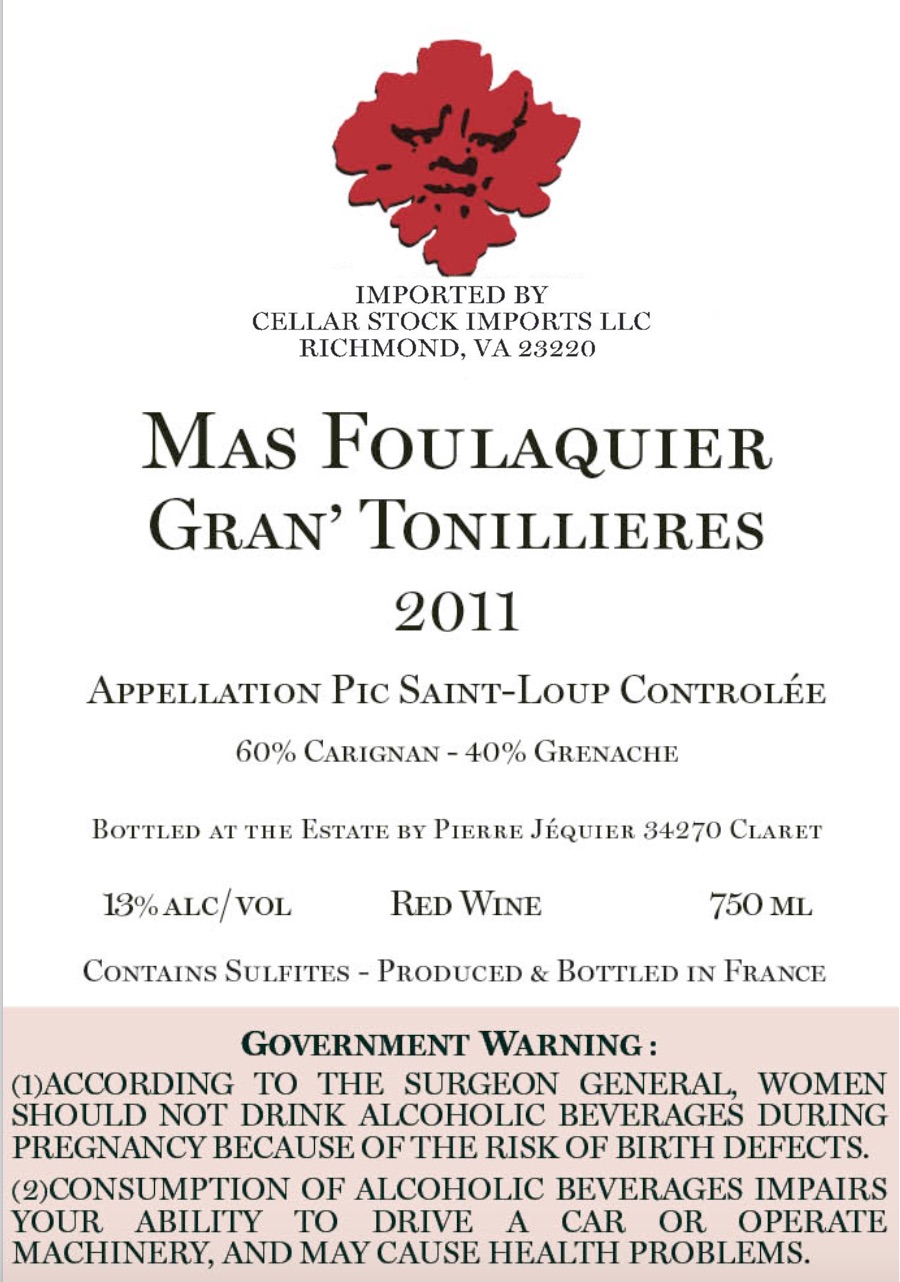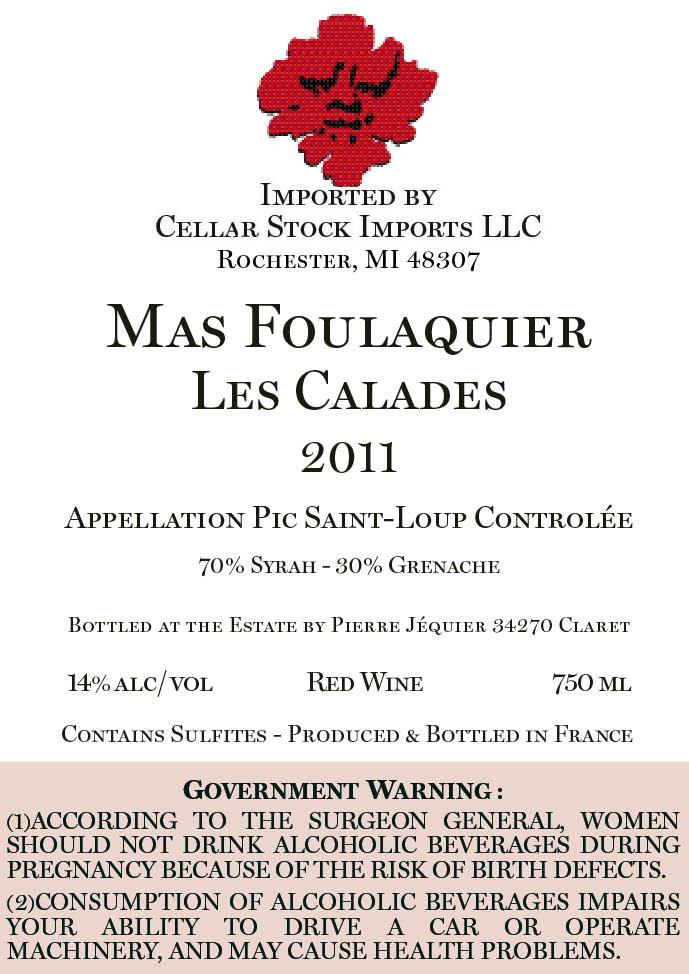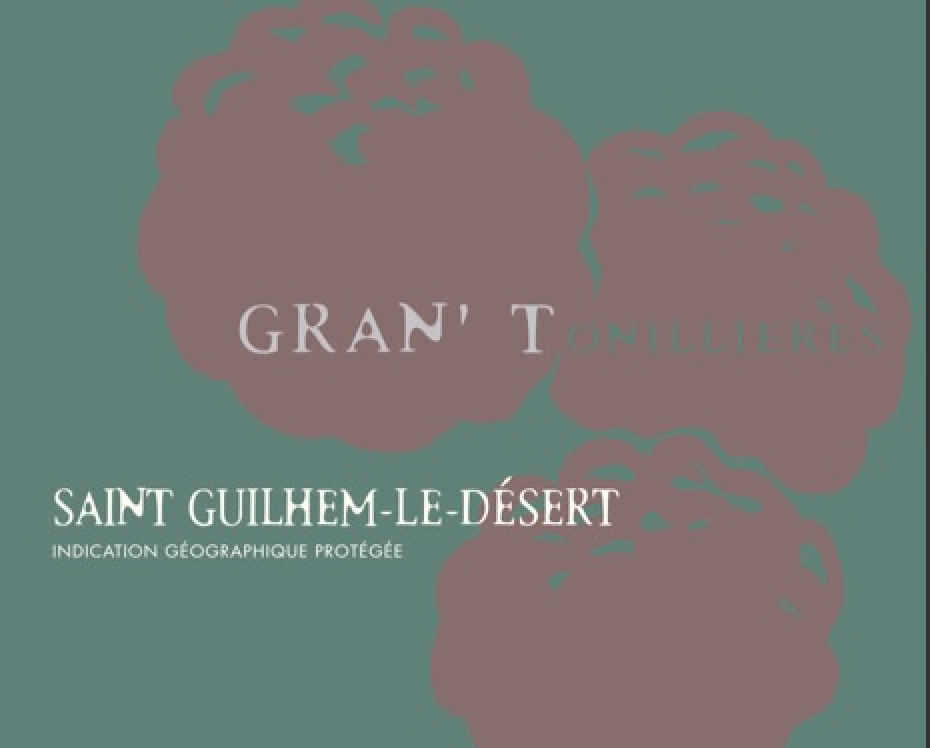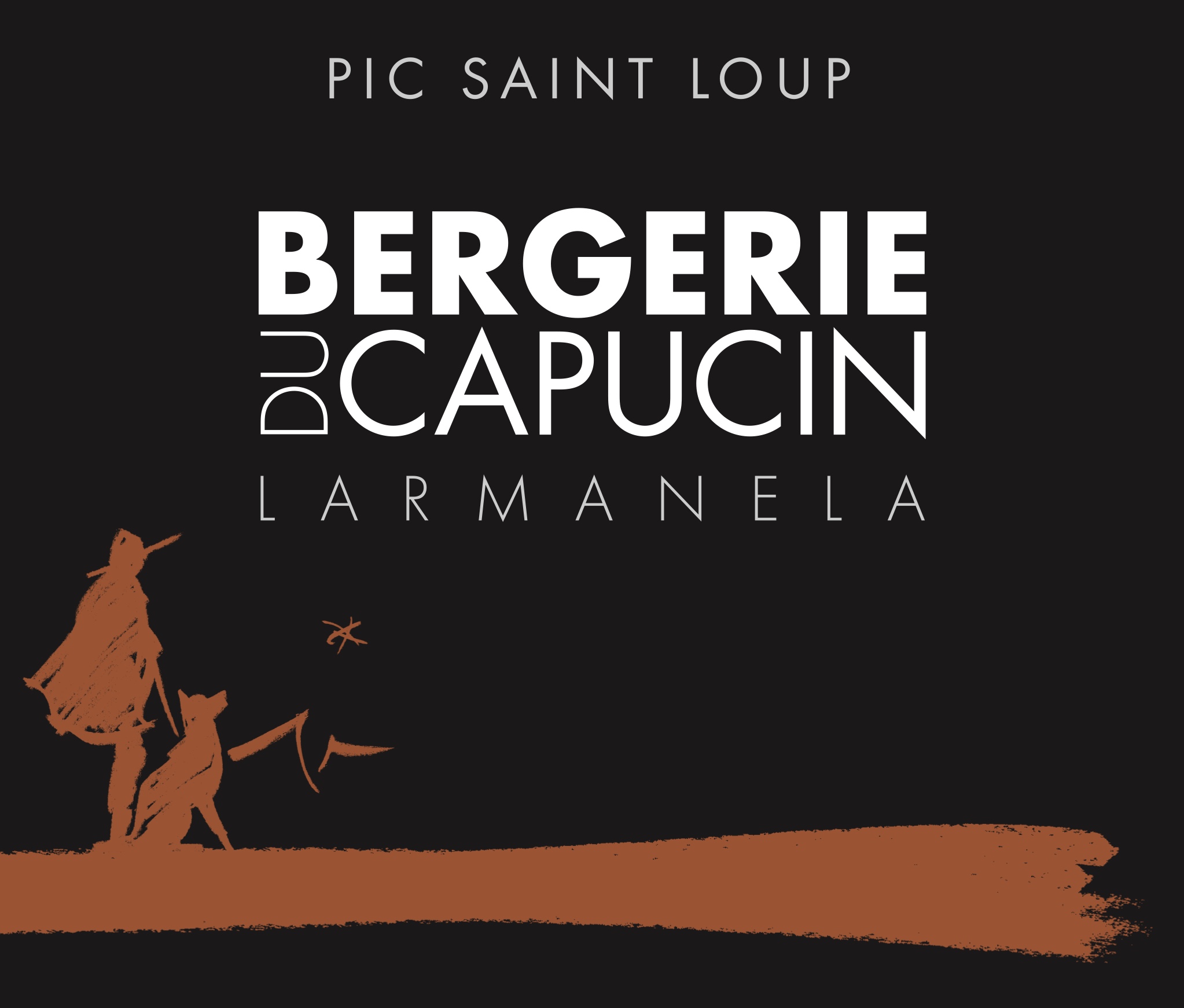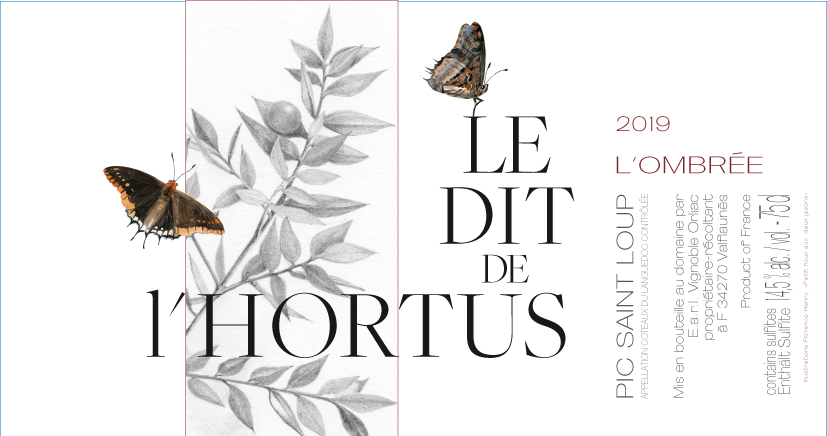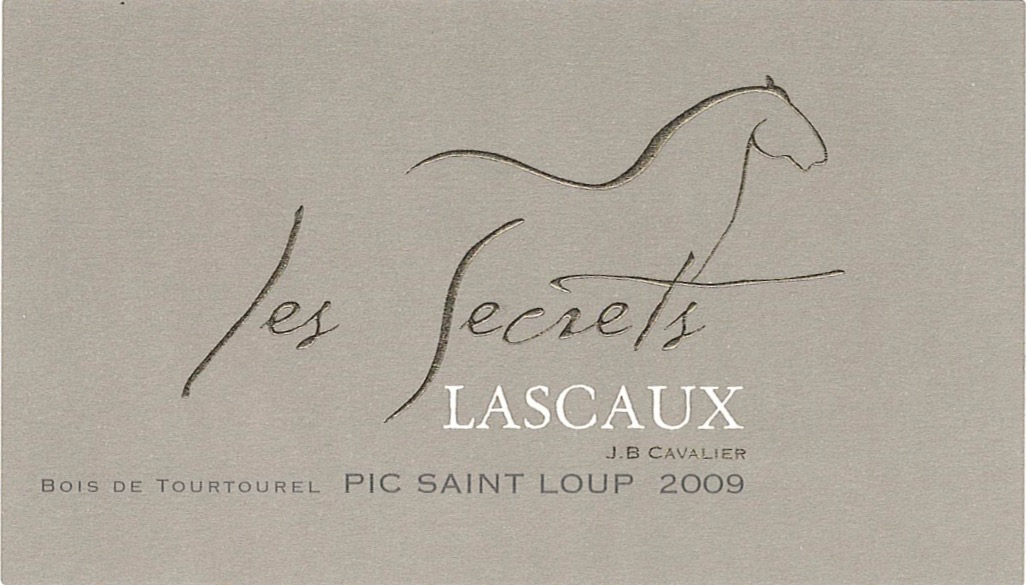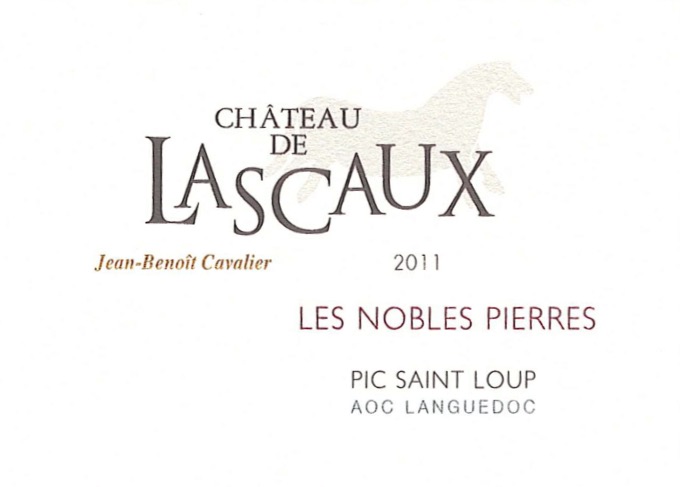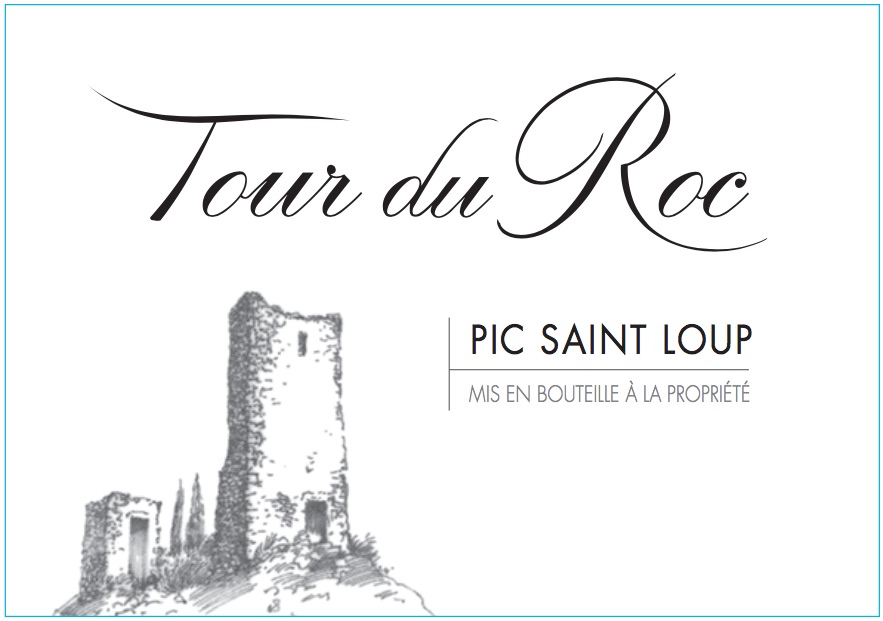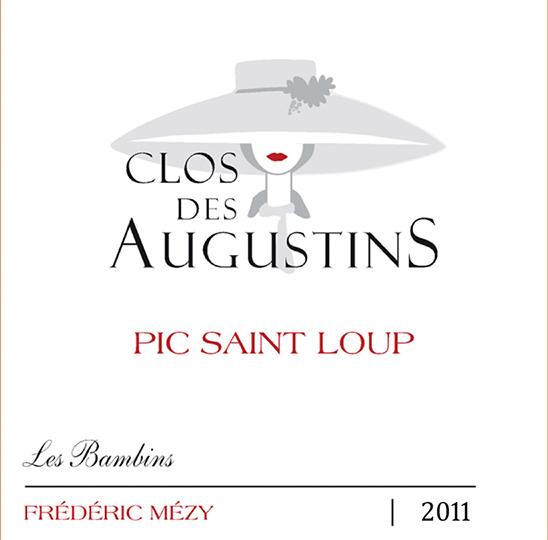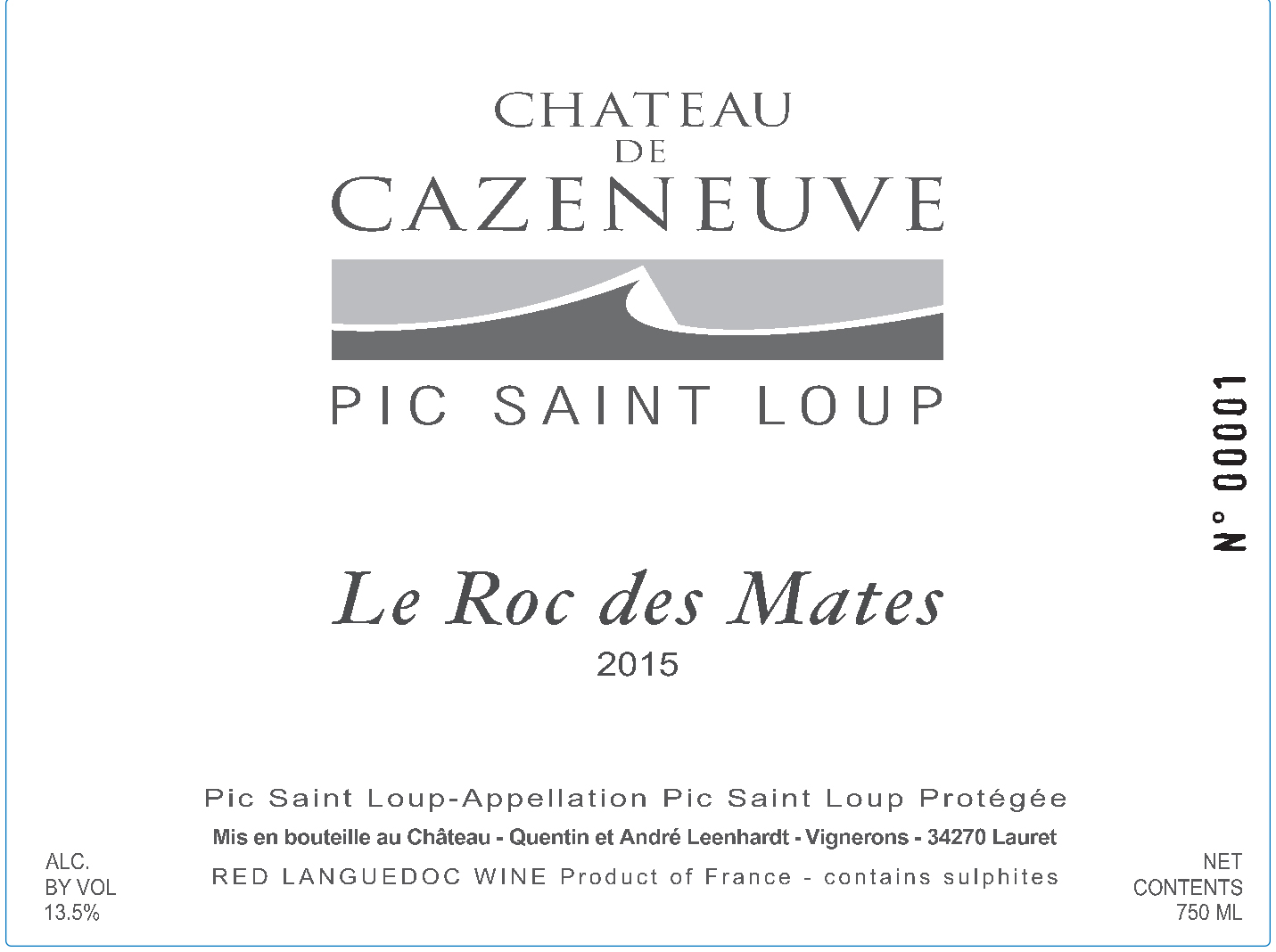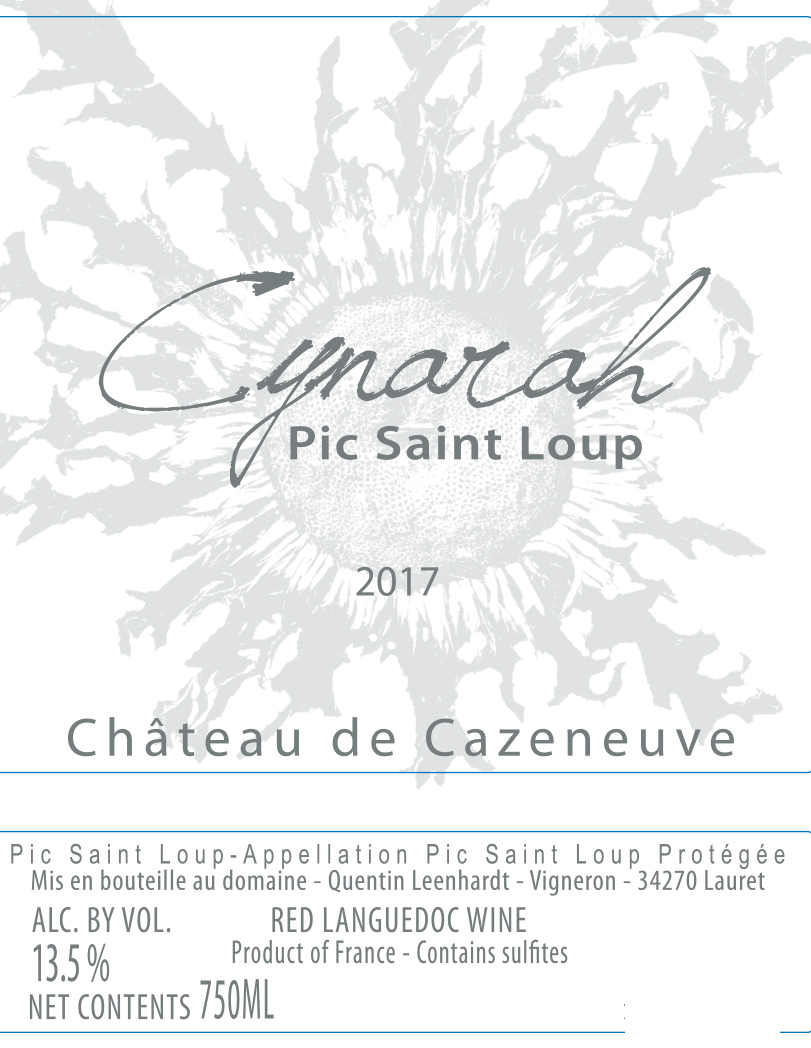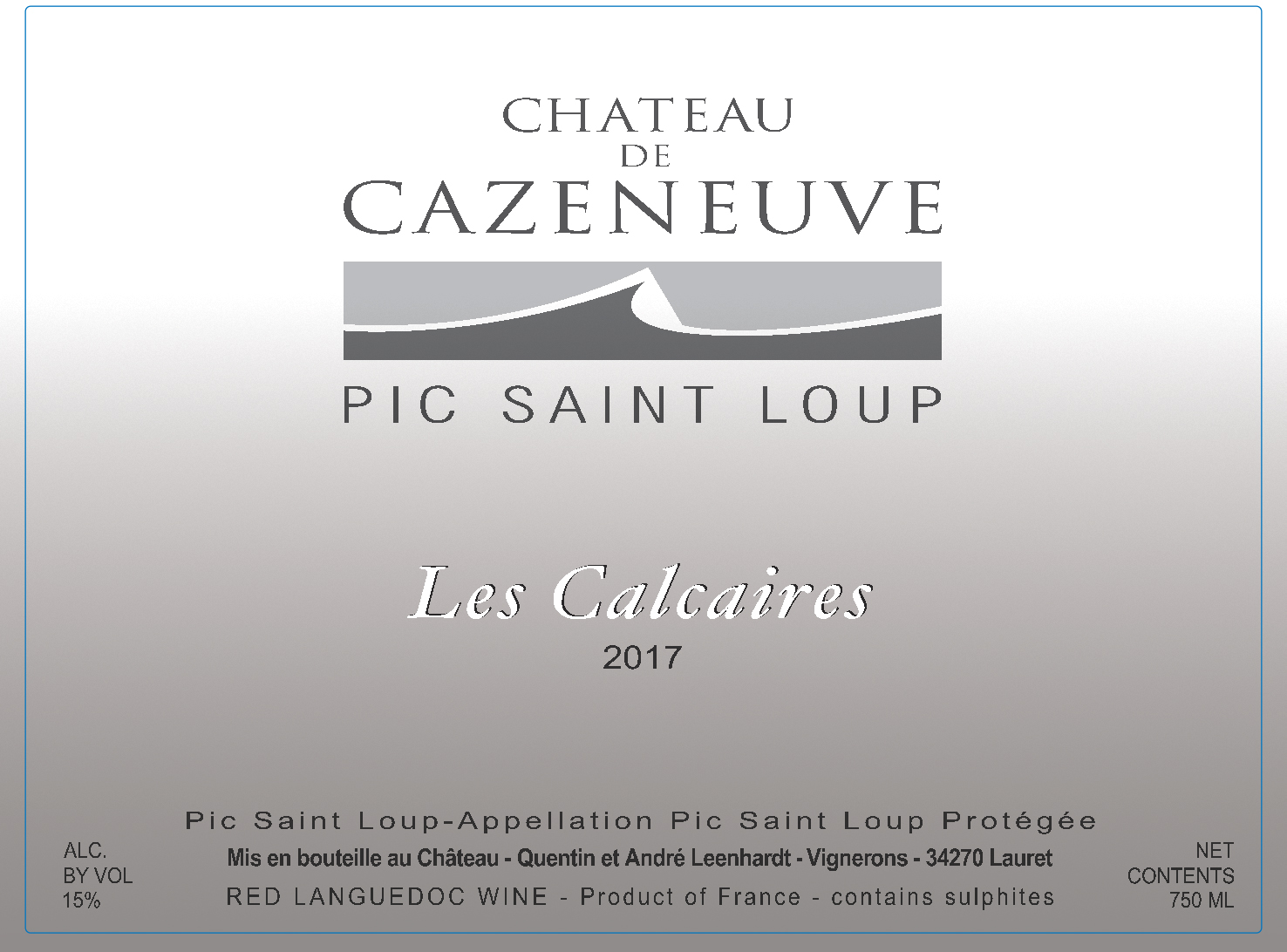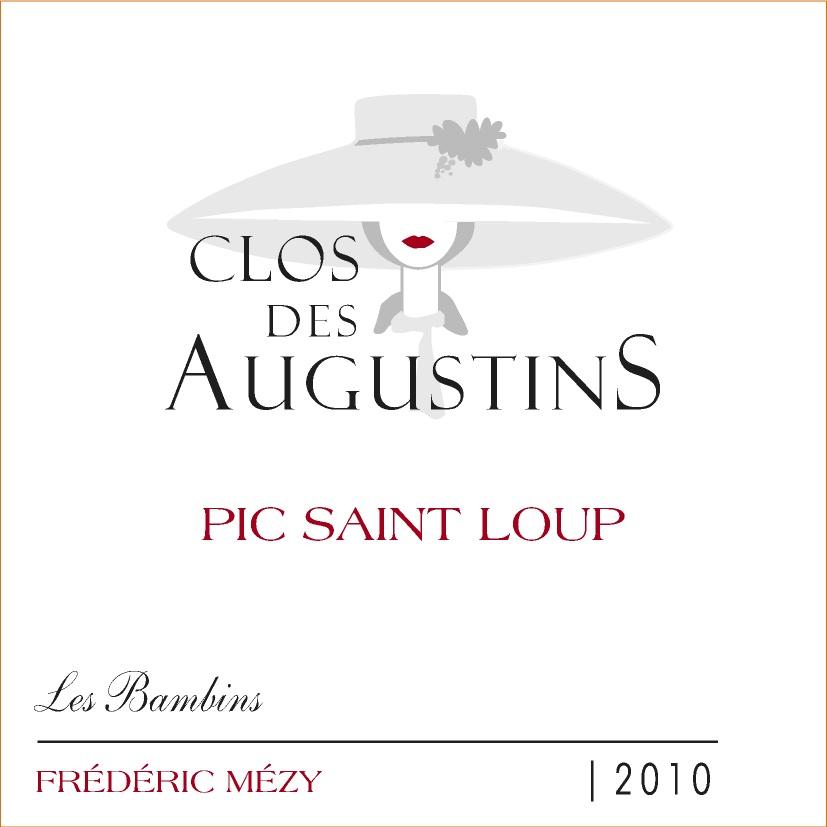Terroir of Pic Saint-Loup
Pic Saint-Loup enjoys a Mediterranean climate, influenced by its elevation and closeness to the Cévennes. The area experiences long, hot, dry summers and mild winters, with most rain falling in autumn. A unique feature is the temperature change between day and night, as hot days turn into cool, breezy nights. This helps grapes ripen evenly, keeping their acidity and aroma.
The soils are mainly calcareous with hard limestone, limestone marls, and clay-limestone, mixed with iron-rich clays and gravelly terraces. These well-drained, mineral-rich soils hold winter moisture, helping vines survive dry summers. Heights from 100 to 350 meters give a fresh boost, leading to rich and balanced wines. Winds like the Tramontane and Mistral keep the vines healthy, ensuring strong grape yields.
Notable Wineries in Pic Saint-Loup
The picturesque Grand Pic Saint-Loup area in France's Languedoc region boasts a remarkable array of wineries, each contributing to the appellation's growing prestige. Noteworthy among them is Domaine de l’Hortus, celebrated for its balanced and aromatic reds, embodying the area's unique terroir. Equally distinguished, Château de Montferrand offers a blend of tradition and innovation, producing wines that capture the essence of the region’s distinctive climate and soils.
Adding to this illustrious list is La Chouette du Chai, a smaller estate recognized for its dedication to purity and precision in winemaking. As you explore these estates, you'll be treated to stunning vistas of the garrigue and limestone ridges, enhancing your appreciation for the wines crafted here. Each winery, from boutique producers to larger estates, plays a vital role in enhancing Pic Saint-Loup's esteemed reputation.
Sustainable Winemaking in Pic Saint-Loup
The Pic Saint-Loup region in France is embracing sustainability, with many estates adopting organic and biodynamic farming methods. Efforts to maintain healthy soil include planting cover crops, reducing tillage, and using compost. Vegetation between vine rows helps prevent erosion on the steep limestone slopes. Minimal irrigation is practiced, with vines depending on winter rains absorbed by calcareous subsoils.
Local authorities and farmers are committed to preserving the unique landscape. Initiatives such as maintaining natural garrigue areas, installing beehives, and reforesting are key to promoting biodiversity. These practices aim to sustain the ecosystem, enhancing both the environment and wine quality. Overall, sustainability efforts in Pic Saint-Loup are driven by producers, reinforcing the region's modern, terroir-conscious reputation.
Wine Tourism in Pic Saint-Loup
Wine tourism in Pic Saint-Loup has flourished, offering a rich tapestry of experiences that celebrate the region's distinctive terroir and winemaking traditions. Located near Montpellier, this area is known for its scenic beauty and diverse wine-related activities.
-
Vineyard Walks: Guided tours through vineyards, highlighting local flora and Pic Saint-Loup wines.
-
Cellar Tours: Explore historic cellars and enjoy tastings in rustic settings.
-
Cycling Routes: Bike trails connecting picturesque villages and wineries.
-
Seasonal Festivals: Participate in events that feature local wines, food, and culture.
Most wineries welcome guests by appointment, allowing personalized wine experiences. Pic Saint-Loup's participation in national wine-tourism programs enhances its offerings, making it a dynamic destination for wine enthusiasts.






